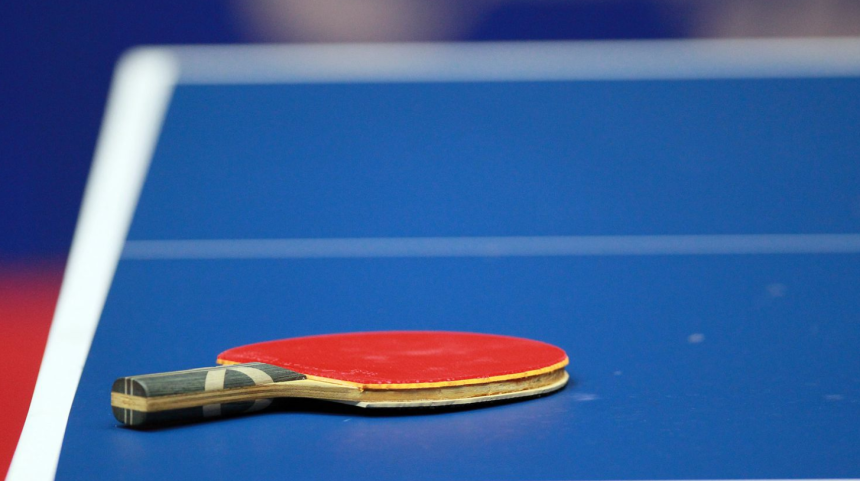Read this material to learn which are the most popular table tennis rubbers. Learn more about their specifics and principle differences here.
What is the purpose of table tennis
The table tennis rubber is placed on the wooden base of the racket, which we call the blade. In the most common case, the rubber is made up of two parts. The sponge (this is the part of the tire that sticks to the blade) and the topsheet (this is the part of the rubber that contacts the ball). The sponge and the topsheet in almost all cases come together, with manufacturers offering different variations of sponge thickness that have a direct bearing on the speed to control ratio. In general, the thicker a sponge is, the more speed it creates and consequently provides less ball control.
By definition, the role of the table tennis rubber is to provide a trampoline effect on the ball at impact (or put another way, to increase the ball speed imparted by the arm movement) and to create spin in the ball. Modern table tennis is extremely focused on this rotation of the ball, which we call spin. It is also the main characteristic of this so technically complex yet infinitely beautiful and magical sport. The more rotation the ball has the harder it is for the opponent to control this rotation and return the ball to your half of the table. Spin has so much infiltrated table tennis that we couldn’t imagine the sport itself if the ball wasn’t spinning.
From what has been said so far, we can summarize that the table tennis rubber serves the most capital feature of table tennis, namely rotation, hence it itself has a capital role to play in the sport itself.
Types of table tennis rubbers for the most optimal game
Since table tennis is a complex sport intellectually and yet it is a sport with a rich history and even richer and more complex technique, we can safely notice that table tennis rubbers are most varied and different. Each technical or philosophical school in table tennis uses different rubbers that are certified by the International Table Tennis Federation (ITTF) regulations. Let us now say a few words about the main types of table tennis rubbers.
Inverted rubbers
Inverted table tennis rubbers are the largest rubber family. This is because inverted rubbers are used to execute most offensive strokes. And modern table tennis is 90% attack. It’s no coincidence that the top 20 in the world rankings have only players with inverted rubbers.
Short Pips Out
Short pips out rubbers are a whole separate galaxy in the table tennis universe. For starters, the main difference between inverted rubbers and pimples out rubbers is that the pips on the top are facing out. Put another way, the ball contacts the pips. This drastically changes the behavior of the ball. In the case of short attacking pips out : this variant is used for attack. The short pips are affected by the incoming spin much less than inverted rubbers and can create a slight spin in the ball.
Long Pips-out rubbers
In the case of long pips-out rubbers, also called grass rubbers, we are already talking about a defensive style of play. Defensive strategies in table tennis very often use grasses to achieve their goals. These rubbers ruin and slow down the pace of play. What is specific about them is that they reverse the spin of the ball and this confuses the opponent.
Anti-topspin rubber
The anti topspin rubbers for table tennis are similar to long pips-out in effect, but are actually inverted rubbers. These rubbers have no grip on the ball and have very slow and soft sponges that slow down the flight of the ball and break up the pace of play. These rubbers are also associated with defensive philosophies in table tennis.
When should we change the rubber on the table tennis racket?
A table tennis rubber is a consumable that has a life of its own. After certain hours of play, their performance starts to decline and their performance goes down. Read below to get an idea of when you should change your table tennis rubbers.
Daily table tennis game
With daily table tennis practice, the average lifespan of a table tennis rubber is 6 months. In professionals, even more often
Weekly table tennis play
If you play table tennis once a week and keep your rubbers clean, you could use them for about 1 year. But it’s important to note here that table tennis rubber ages even when you’re not playing. That’s why it’s a good idea to use table tennis rubber protectors, which create a vacuum environment on the surface of the rubber and thus prevent natural aging.
Monthly table tennis game
With less frequent practice of the sport, rubbers can last even more than a year, but with strict adherence to the storage procedures described above and with protection from exposure to temperature amplitudes.














